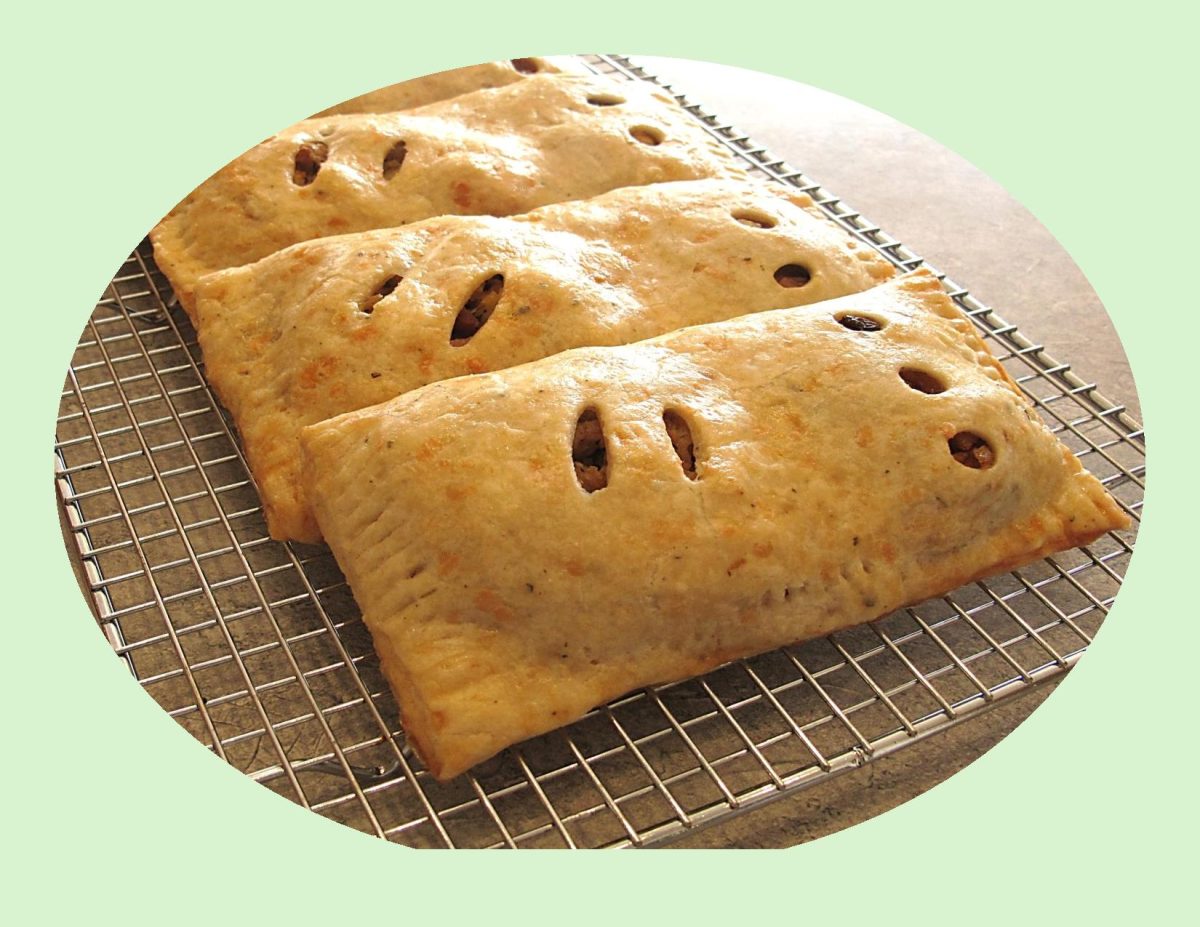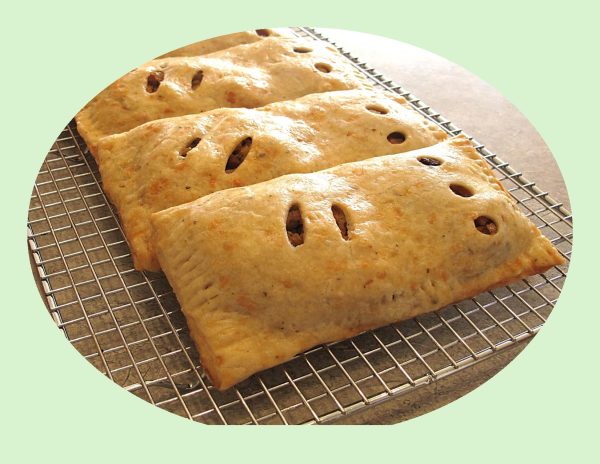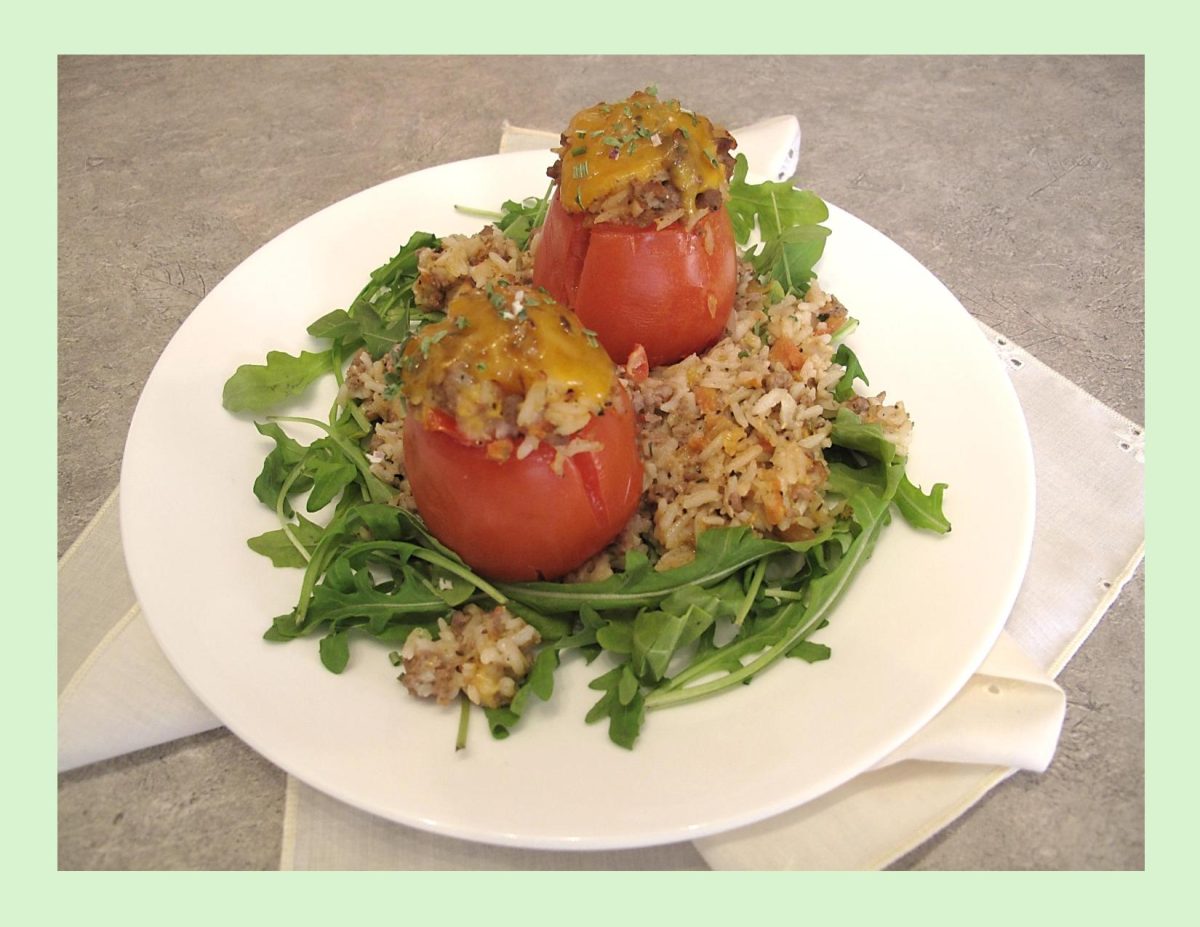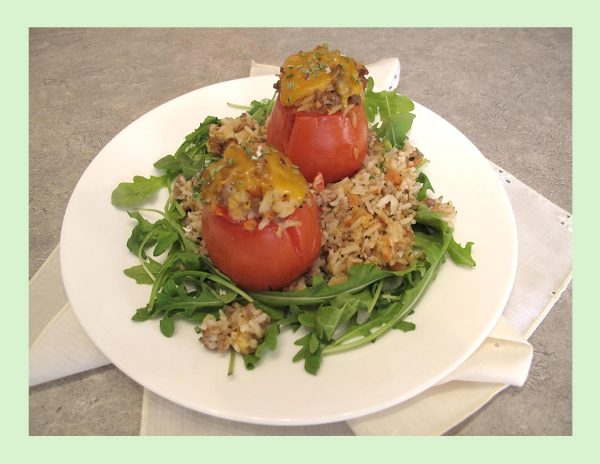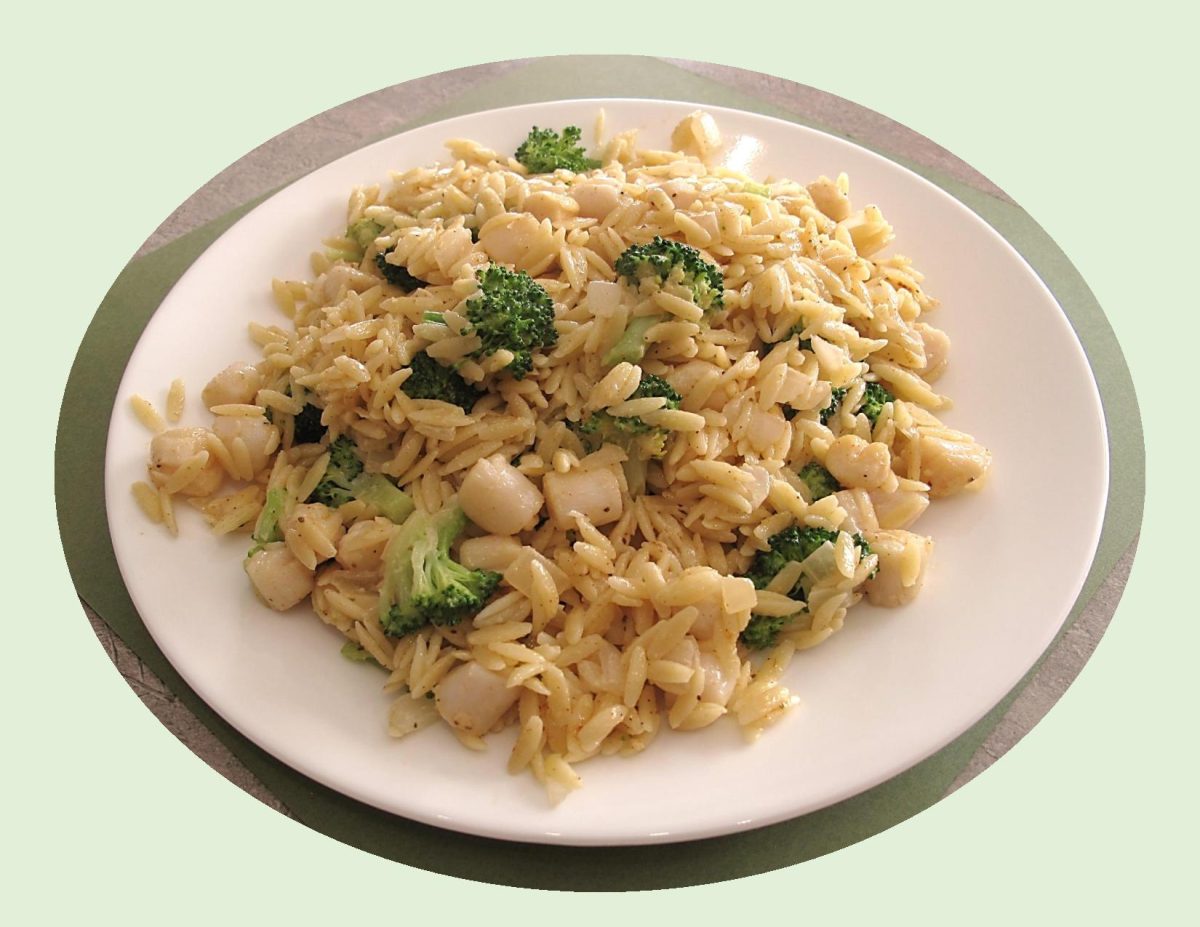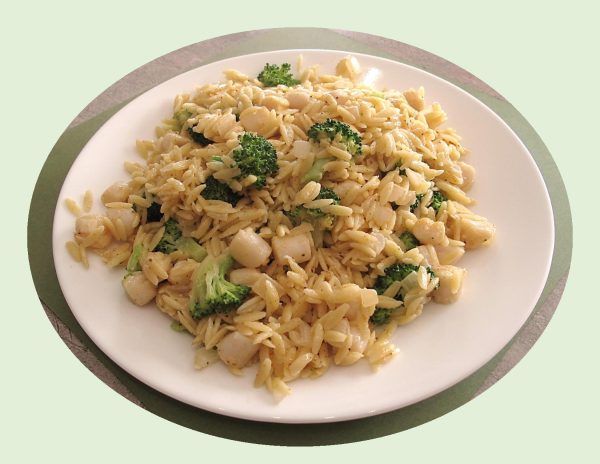Today, March 28th, is my mother’s birth date. As we honor her beautiful memory, I’m sure each of my siblings will reflect on special times we shared with her. Forty-seven years after her passing, I find myself still doing many things in her likeness. Baking was a shared passion for my mother and I. We liked nothing better than to bake something together. After I moved from ‘home’ and would return for a visit, instead of having a coffee and visit we would get busy and bake something while we talked. Such great memories!
When I was thinking about what I wanted to post today, my mind drifted to the recipe archive that lives in my head, eventually making its way to the yeast breads. This is an area my mother had mastered down to a science.
Bread is so simple but a staple in almost every culture. Just flour, water and yeast, yet despite those few ingredients, there are hundreds of different types of bread across the world. And every culture has some sort of bread product.
It seems that the Wool Roll Bread become trendy in 2021 because of a Malaysian YouTuber. It also resembles some Middle Eastern breads such as shoreek and other European creations, such as Polish babka and Slovenian Belokranjska povitica. The pillowy yeast dough can be stuffed (or not) with a sweet or savory filling, then sliced, rolled and stacked in a round pan, so as the dough rises and bakes, the final result resembles rolls of wool or thick yarn.
The most popular fillings for wool roll bread are dried fruit, nuts, cinnamon, custard, hazelnut, chocolate, and cheese as well as some Asian favorites such as red mung bean paste, ube or purple yam, coconut or coconut jam, and meat. Sometimes the dough is made in different flavors and colors like chocolate, strawberry, and pandan.
There is some kind of magic in seeing the result of these baked bread rolls that come together to form a Bundt-like cake shape, puffed up in a ring of pull-apart bread.
I’ve chosen to fill our wool roll bread with an apricot cream cheese filling which should be a nice compliment to the soft dough.

| Servings |
|
- 1 1/2 cups dried apricots,
- 1/2 cup orange juice
- 1/3 cup lemon juice
- 4 Tbsp sugar OR to taste
- 100 gm cream cheese, softened
- 1 Tbsp sugar
- 1 egg yolk
- 1/2 tsp pure vanilla
- 1/2 cup warm milk
- 1/4 cup sugar
- 1 Tbsp active dry yeast
- 3 cups flour
- 1/2 tsp salt
- 1/4 cup butter, softened
- 1/2 cup lukewarm water
- 1 egg, beaten
- olive oil
Ingredients
Apricot Filling
Cream Cheese Filling
Bread Dough
|

|
- In a small saucepan, combine dried apricots, orange juice, lemon juice & sugar. Bring to a simmer over medium low heat. Simmer uncovered for 10-15 minutes, stirring occasionally, until the apricots soften & the liquid is reduced by half. Once cool, transfer the mixture to a food processor & process until a puree forms. Set aside until room temperature.
- In a small bowl, beat the cream cheese & sugar until smooth. Add egg yolk & vanilla, beat to combine. Set aside in refrigerator until ready to use.
- In a small bowl, combine warm milk, sugar & yeast. Let the mixture sit for about 10 minutes until it becomes frothy.
- In a large bowl, Combine flour & salt. Cut in the soft butter. Combine lukewarm water with the beaten egg & add to flour/butter mixture. Add the yeast mixture & mix until a dough forms.
- Knead the dough for about 10 minutes or until it becomes smooth & elastic. Once the dough is kneaded, place it in a greased bowl, cover with a damp cloth & allow to rise in a draft-free place for about 1 hour or until doubled in size.
- Lightly oil a work surface with olive oil. Gently deflate the dough, divide it into four equal pieces & shape each piece into a ball. Cover the dough & let rest for 10 minutes.
- Line a 9" springform pan (at least 2" deep) with parchment paper.
- Roll out each piece of dough (on the lightly oil surface) into a 6" x 12" rectangle. On the top HALF of each rectangle, spread the cream cheese filling across the entire width of the rectangle (leaving about 1/4" bare on each side) & down about 6" leaving the bottom 6" bare. Next, spread a good sized dollop of apricot filling over the cream cheese filling. Use a fork so you can do this gently.
- Using a sharp knife, cut the uncovered dough at the bottom into very thin strips about 1/8" wide. Starting from the filling covered top & rolling toward the uncovered strips, roll the dough into a log about 6" long.
- Place each log, seam-side down, into the bottom of the pan so they are snuggled up against the pans outside edge to form a complete circle.
- Preheat to the to 350 F.
- Brush the rolls lightly with milk, being careful not to deflate the delicate dough. Cover the 'wool rolls' & let them rise for about 60-75 minutes, until puffy.
- Bake for 28-32 minutes, until golden brown on top. Remove the roll from the oven & cool it in the pan until you can transfer it safely to a rack to cool completely. Slice & serve.












